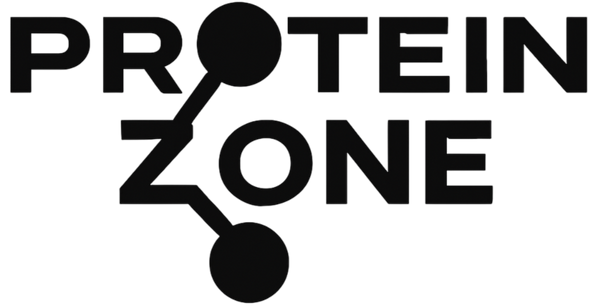Resveratrol
Wine‑making cultures noticed early that certain plants weathered harsh conditions with grace. Resveratrol is a polyphenol associated with that resilience, found in grape skins and Japanese knotweed. In traditional herbal practice, knotweed was used as a hardy, cleansing root; in modern formulations, standardized trans‑resveratrol offers consistent antioxidant support at the cellular level.
People turn to resveratrol to help the body counter daily oxidative stress and to support cardiovascular and metabolic well‑being. In minimalist capsules, it serves as a simple daily guardrail—discreet yet meaningful—especially when paired with a colorful, plant‑forward diet.
These statements have not been evaluated by the Food and Drug Administration. This product is not intended to diagnose, treat, cure, or prevent any disease.
Purchase Resveratrol HERE
DETAILED INGREDIENT LIST
RESVERATROL (POLYGONUM CUSPIDATUM ROOT COMPLEX, STANDARDIZED TO 50% TRANS-RESVERATROL)
Introduction & History:
Resveratrol is a natural polyphenolic compound most famously found in red wine and grapes. It was first identified in the Japanese knotweed (Polygonum cuspidatum) root, which remains the primary commercial source for standardized extracts. Traditional Chinese and Japanese medicine used knotweed root for circulation and heart health long before resveratrol was isolated as the key bioactive.
Molecular Function & Mechanism:
Resveratrol functions as a potent antioxidant and signaling molecule. It activates sirtuins (SIRT1), enzymes associated with cellular repair, mitochondrial function, and longevity pathways. It also modulates inflammation by inhibiting NF-κB and supports cardiovascular health by enhancing nitric oxide production, improving vascular function. Standardization to 50% trans-resveratrol ensures a consistent concentration of the bioactive isomer with the highest biological activity.
Modern Use & Theory:
Resveratrol is included in supplements to support healthy aging, cardiovascular function, metabolic balance, and cellular defense against oxidative stress.
HYPROMELLOSE (VEGETABLE CAPSULE)
Introduction & History:
Hypromellose, or hydroxypropyl methylcellulose (HPMC), is a plant-derived material developed as a vegetarian alternative to gelatin.
Molecular Function & Mechanism:
Hypromellose provides a stable, inert capsule shell that dissolves quickly in the digestive tract to release active ingredients without interfering with absorption.
Modern Use & Theory:
Used to produce vegetarian-friendly capsules that deliver supplement contents safely and consistently.
MICROCRYSTALLINE CELLULOSE
Introduction & History:
Microcrystalline cellulose (MCC) is a purified, plant-based form of cellulose. It has been widely used in pharmaceuticals and supplements for decades as a safe and reliable excipient.
Molecular Function & Mechanism:
MCC serves as a binder, filler, and flow agent. It adds bulk to capsules, ensures accurate dosing, and contributes to structural stability of the final product. It is physiologically inert and not absorbed by the body.
Modern Use & Theory:
Used to improve capsule consistency, maintain ingredient uniformity, and support high-quality supplement production without affecting the activity of the main nutrients.
